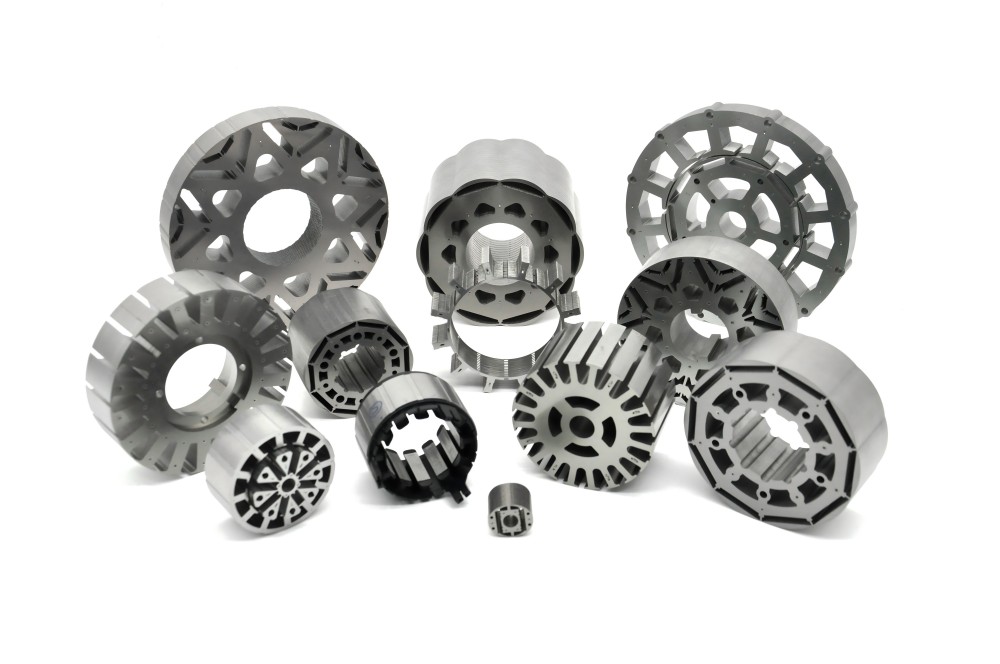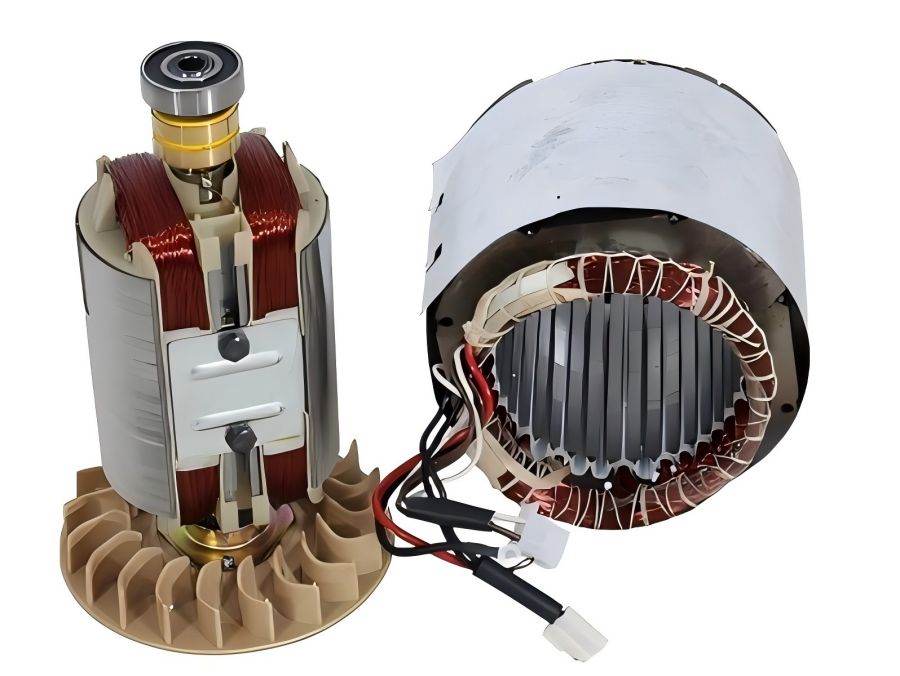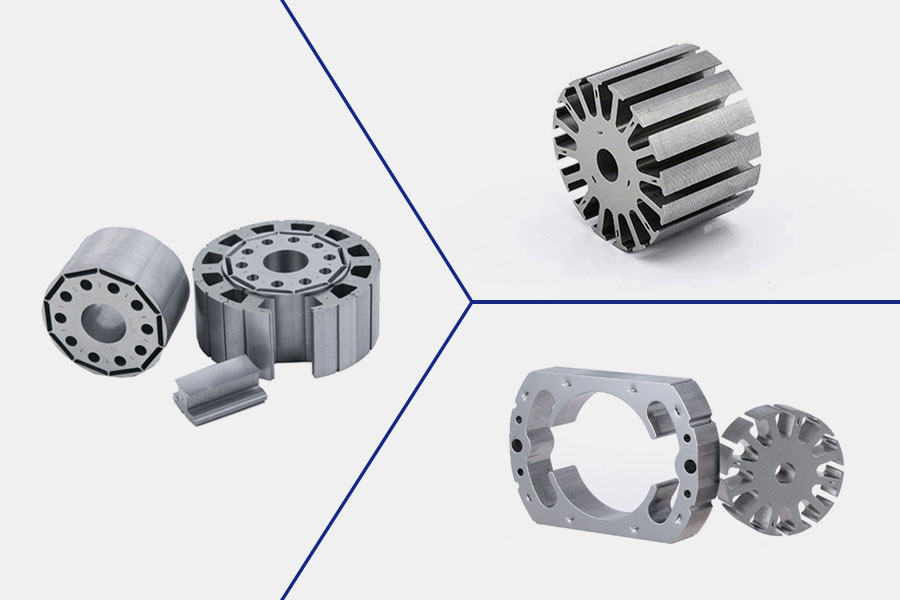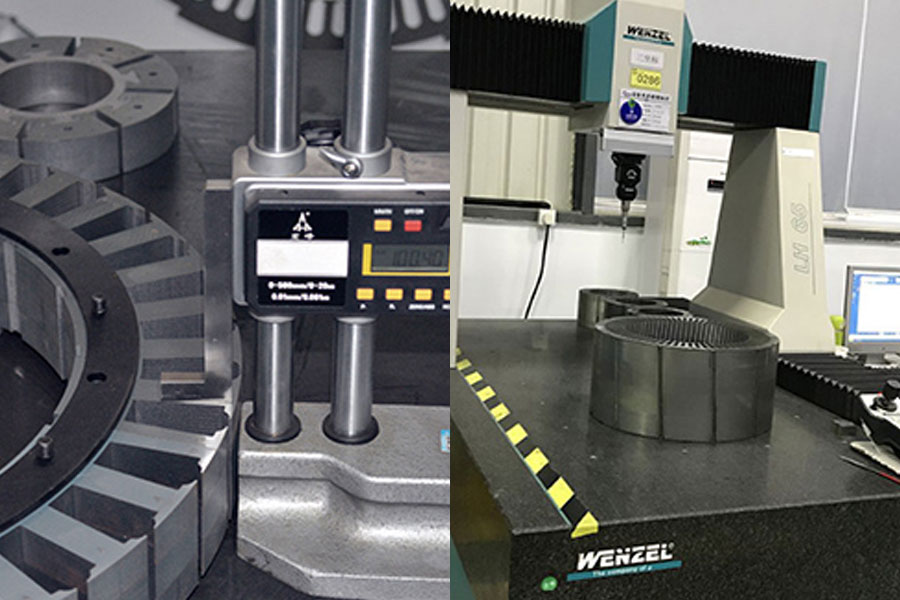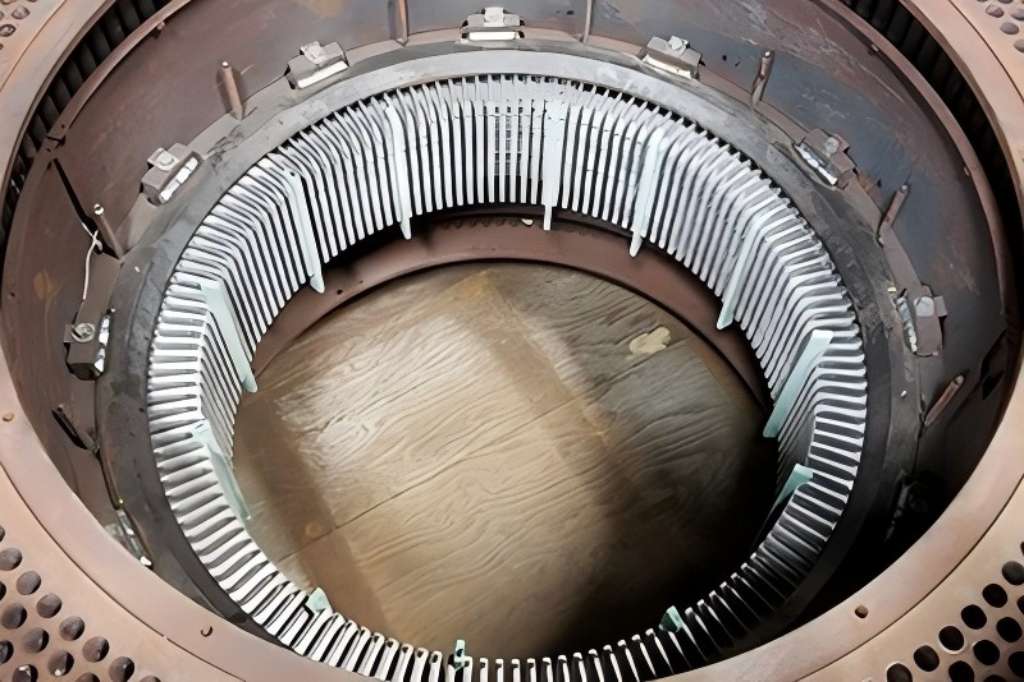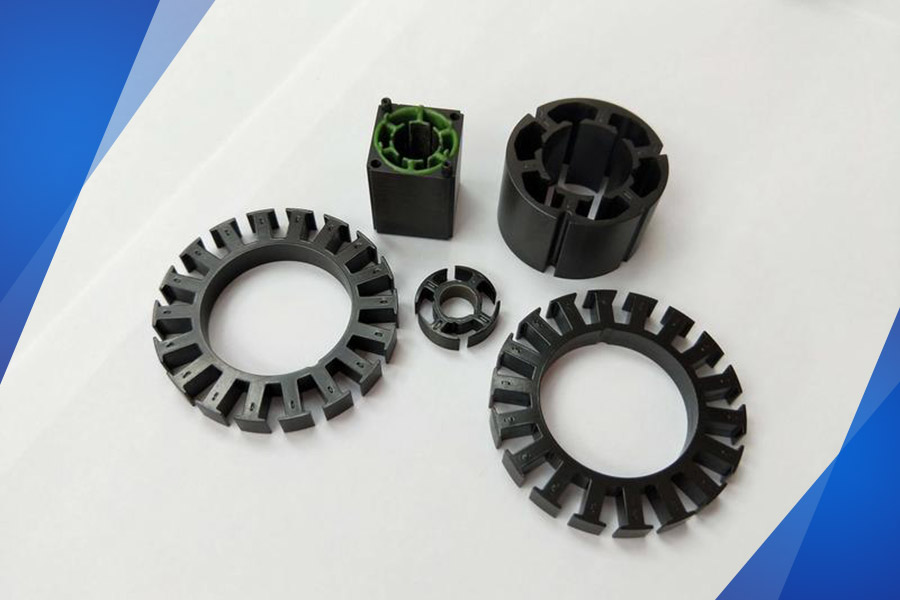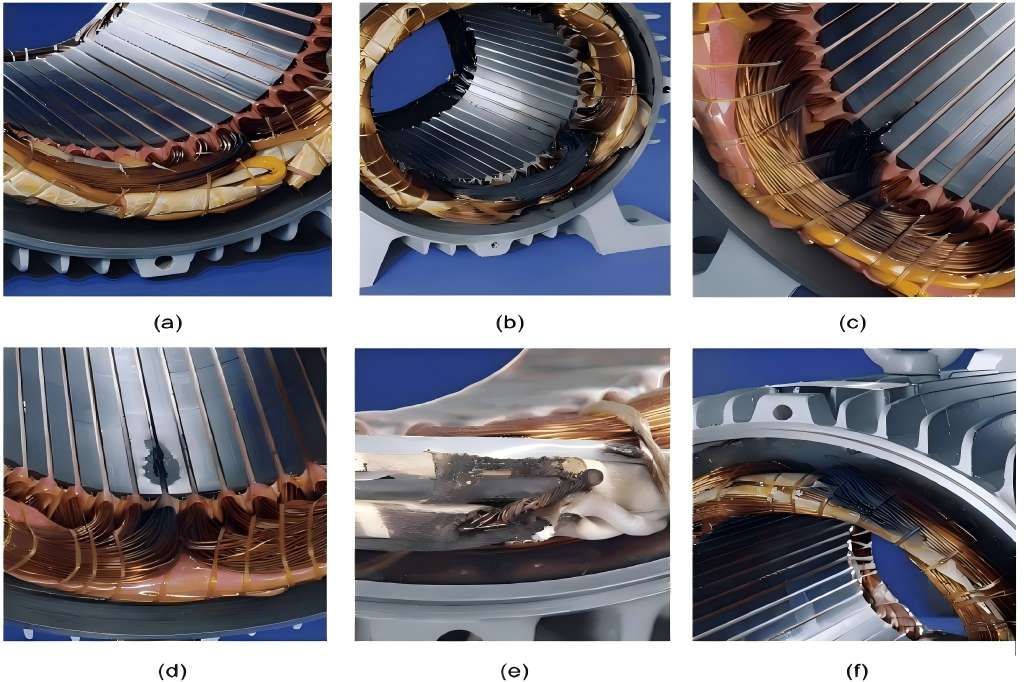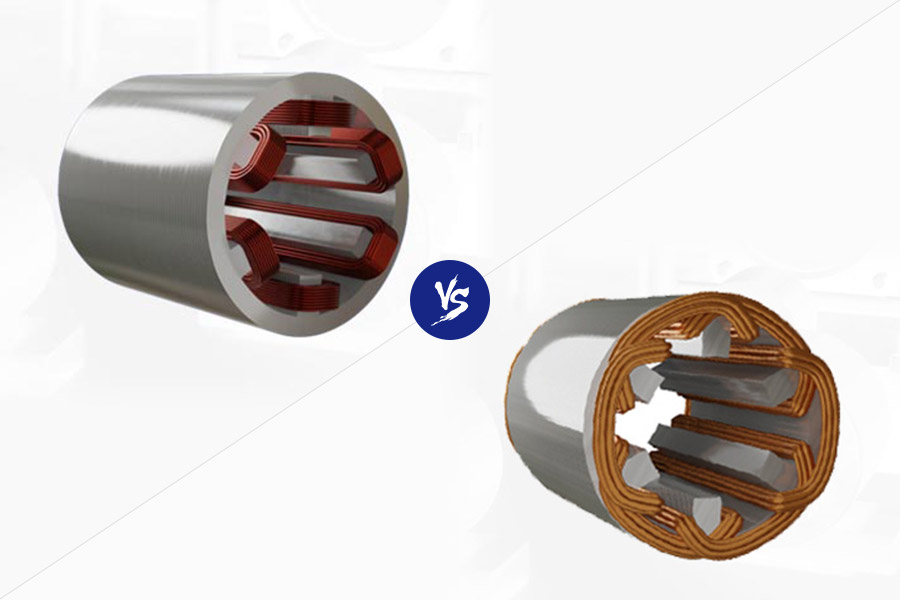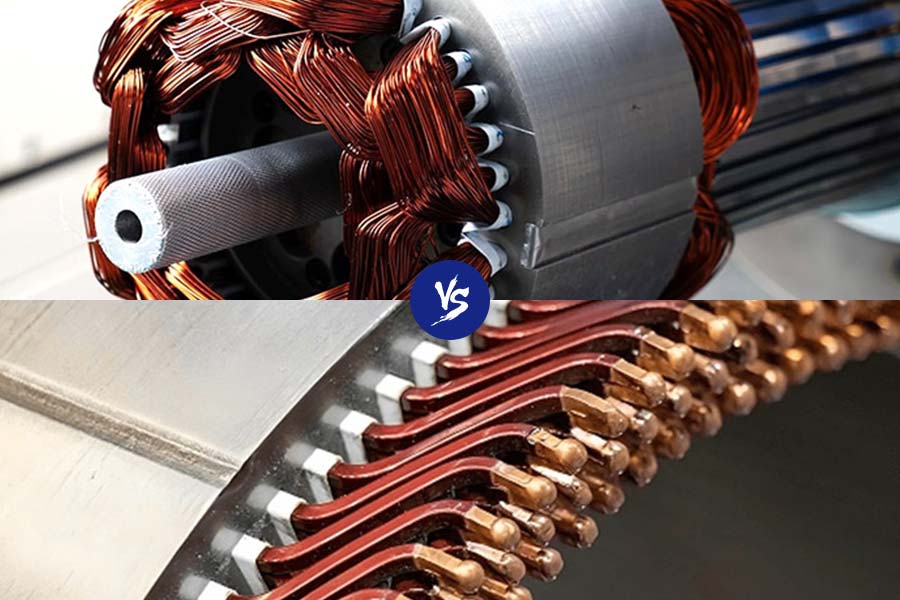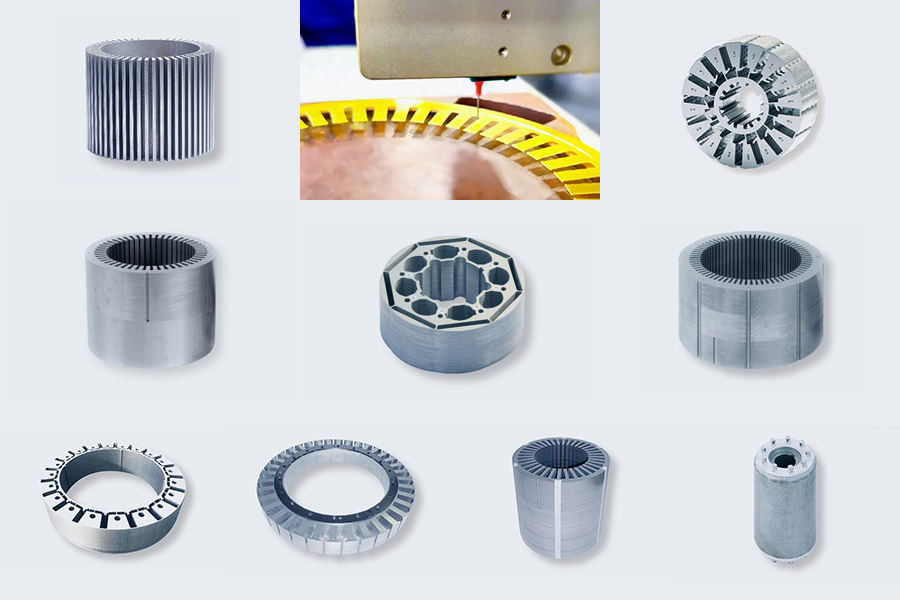Checkout Latest News and Articles
Stepper motors are crucial in systems like robotics, 3D printers, and automation, as they move in discrete steps for precise control of position and speed. However, they can face performance issues, one of which is core saturation.
Read Article
DC generators are important for providing direct current (DC) power to various devices, from small electronics to large industries. The stator and rotor are key parts of every DC generator, working together to convert mechanical energy into electrical energy.
Read Article
The three main types—Induction, BLDC, and Servo Motor Cores—each have unique features, making them suitable for different robotic needs.
Read Article
Motor core laminations are key parts in motors and generators, creating the magnetic flux needed for operation. However, the lamination process often leads to burr formation, which can impact motor performance and quality.
Read Article
A loose stator core in a generator can cause vibrations, overheating, and reduced efficiency. If not fixed, it may lead to insulation failure, noise, and even generator breakdown. Since generators are vital for power generation, timely repairs are essential to maintain stability and extend their lifespan.
Read Article
The longevity and effectiveness of electric motors are significantly influenced by the motor stator’s durability. As stators are frequently exposed to various environmental factors, including moisture, chemicals, and temperature fluctuations, implementing effective rust prevention and corrosion resistance solutions is essential for maintaining performance and reducing maintenance costs.
Read Article
Motors and generators depend on stator and rotor cores to transform electrical energy into mechanical energy. They are key to motor performance, efficiency, and durability. However, like any mechanical part, stators and rotors can face problems that affect motor function.
Read Article
Silicon steel plays a crucial role in motor laminations, directly impacting efficiency, energy loss, and durability. Choosing the right grade is essential for optimizing motor performance across various applications.
Read Article
In electric motor design, the choice of winding configuration affects performance, efficiency, and longevity. There are two popular varieties of windings: concentrated and distributed. Each has unique benefits and optimal applications.
Read Article
The efficiency and performance of a motor depend heavily on the material used for the stator windings. Two common options are round and flat copper wire, each offering distinct advantages.
Read Article
Several methods have been developed for stacking laminations, each with its own benefits in cost, speed, durability, and ease of manufacturing. Below are 10 effective stacking methods, with details on their techniques, applications, and advantages.
Read Article
The main materials—silicon steel, cobalt alloys, nickel alloys, and iron alloys—each have pros and cons depending on the motor’s needs. This article will compare these materials based on their magnetic properties, cost, efficiency, and suitability for different motor types.
Read Article

